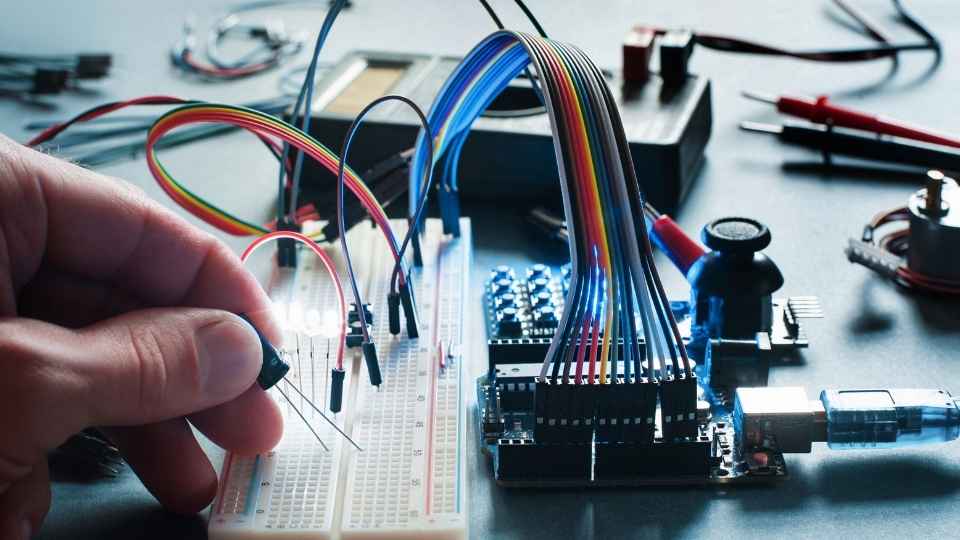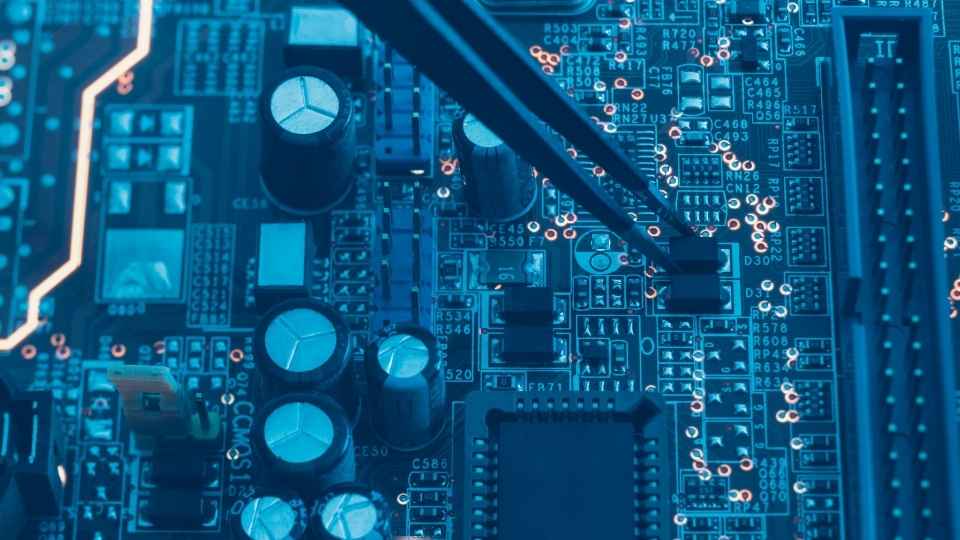
As an avid enthusiast of electronics, I have always been fascinated by the intricate world of oscillators. Did you know that oscillators are responsible for crafting perfect waves, from the smooth Sine to the sharp Square?
In this article, we will delve into the basics of oscillators and explore their various types and functions. From crystal oscillators to LC circuits, we will uncover the fundamental components that allow us to generate and control waves with precision.
So sit back, relax, and prepare to embark on a journey through the captivating realm of wave generation.
Key Takeaways
- Oscillators are electronic circuits that generate continuous waveforms.
- Sine waves are smooth, continuous, and symmetrical with no harmonics or overtones.
- Square waves have a unique timbre and consist of harmonics that give them a rich and complex sound.
- Crystal oscillators provide stable and precise frequencies for sound synthesis.
The Basics of Oscillators
To understand the basics of oscillators, you'll need to learn about waveforms and frequency. Oscillators are electronic circuits that generate continuous waveforms, which are essential for creating sound in synthesizers and other audio devices.
The waveform refers to the shape of the signal produced by the oscillator, such as sine, square, triangle, or sawtooth waves. Each waveform has its own unique characteristics and timbre.
Frequency is a measure of how fast the waveform repeats itself per second and is measured in Hertz (Hz). By adjusting the frequency of an oscillator, we can change the pitch or tone produced by an instrument.
Understanding these concepts is crucial for manipulating sound and crafting musical freedom through oscillators.

Understanding Sine Waves
Take a moment to grasp the concept of sine waves and their properties. Sine waves are fundamental in understanding oscillators, which produce pure tones and form the basis for sound synthesis. Here are three key characteristics of sine waves:
Amplitude: This represents the height or strength of the wave, determining its volume.
Frequency: This refers to the number of cycles per second, measured in Hertz (Hz). It determines the pitch of the wave.
Phase: This describes the position of a point on the wave relative to a reference point at a given time.
Sine waves are smooth, continuous, and symmetrical with no harmonics or overtones. Their purity makes them ideal for creating natural sounds like wind or water, as well as complex waveforms through modulation techniques.
Understanding sine waves is essential when crafting perfect waves for musical expression and achieving sonic freedom.
Exploring Square Waves
If you're interested in sound synthesis, square waves are worth exploring as they've a unique and distinct timbre. Unlike sine waves that produce smooth and pure tones, square waves consist of harmonics that give them their rich and complex sound. These waveforms are characterized by their sharp rise and fall times, resulting in a square-like shape on an oscilloscope.

The fundamental frequency is dominant in a square wave, with odd harmonics decreasing in amplitude as the harmonic number increases. This creates a bright and edgy quality to the sound, making it popular for creating punchy bass lines and percussive sounds. Square waves can be generated using various methods such as digital logic circuits or voltage-controlled oscillators (VCOs).
Understanding the properties of square waves is essential for designing synthesizers capable of producing diverse sonic textures.
Now let's delve into the role of crystal oscillators in sound synthesis.
The Role of Crystal Oscillators
Crystal oscillators are commonly used in sound synthesis as they provide stable and precise frequencies for generating a wide range of sounds. These tiny devices play a crucial role in the world of electronic music production, offering musicians and sound designers the freedom to create complex sonic landscapes.
Here's why crystal oscillators are so important:
Stability: Crystal oscillators ensure that the generated frequencies remain consistent over time, allowing for reliable and predictable sound generation.
Precision: With their high level of accuracy, crystal oscillators enable musicians to craft intricate melodies and harmonies with utmost precision.

Versatility: Crystal oscillators can be easily integrated into various synthesizers and audio equipment, providing a versatile toolset for creating unique sounds.
LC Circuits: A Key Component in Wave Generation
To understand LC circuits, you need to grasp the fundamental principles of wave generation and how they contribute to the production of complex sounds. LC circuits, also known as inductor-capacitor circuits, are crucial components in wave generation.
They consist of an inductor (L) and a capacitor (C) connected in series or parallel. The inductor stores energy in its magnetic field, while the capacitor stores energy in its electric field. When combined, these elements create a resonant circuit that oscillates at a specific frequency determined by their values.
This resonance allows for the creation of stable and continuous waveforms necessary for generating complex sounds. By manipulating the values of L and C, we can control the frequency and shape of the waveform produced, providing freedom for crafting unique and diverse sound experiences.
Frequently Asked Questions
What Are Some Common Applications of Oscillators in Everyday Life?
Some common applications of oscillators in everyday life include clock timing, radio and television broadcasting, musical instruments, wireless communication devices, and electronic sensors used in various industries.
How Do Different Types of Oscillators Compare in Terms of Frequency Stability?
Different types of oscillators vary in frequency stability. Some, like crystal oscillators, offer high stability due to the precise vibrating properties of crystals. Others, such as RC oscillators, have lower stability but are more versatile and cost-effective.
Can Oscillators Generate Waves Other Than Sine and Square Waves?
Yes, oscillators can generate various waveforms apart from sine and square waves. These include triangular, sawtooth, and pulse waves. The choice of waveform depends on the specific application requirements and desired signal characteristics.

What Factors Affect the Accuracy and Precision of Crystal Oscillators?
Factors such as temperature, voltage, and load capacitance affect the accuracy and precision of crystal oscillators. For example, a change in temperature can cause a frequency drift of up to 10 ppm per degree Celsius.
How Do LC Circuits Contribute to Wave Generation in Oscillators?
LC circuits contribute to wave generation in oscillators by combining the inductance and capacitance components to create a resonant circuit. This resonance allows for the generation of stable and precise waveforms, essential for various applications in electronics.
 Basic Electronics ConceptsEssential ToolsCircuit Design BasicsMicrocontrollersDIY Electronics ProjectsRoboticsPrivacy PolicyTerms And Conditions
Basic Electronics ConceptsEssential ToolsCircuit Design BasicsMicrocontrollersDIY Electronics ProjectsRoboticsPrivacy PolicyTerms And Conditions
